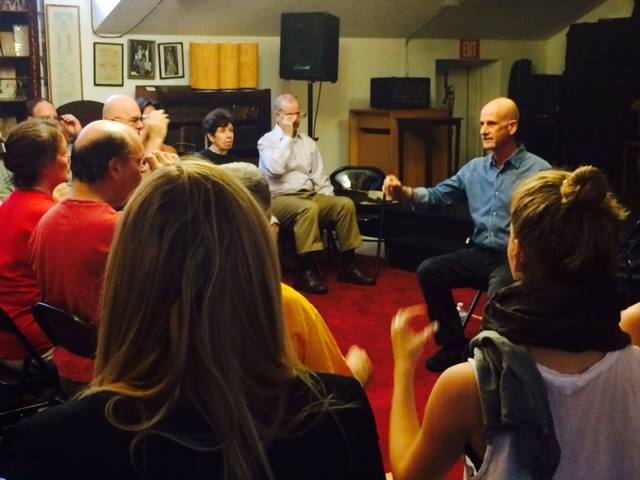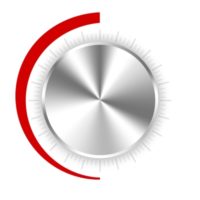
In an Alexander Technique lesson I taught today, my student began by telling me her neck pain felt a little worse this week. She told me that the physical therapist she’d been seeing added a new exercise for her neck, and it hurt her. Unfortunately, as an Alexander Technique teacher, I hear this story quite a lot. I told her that in my opinion she needs to subtract some things she’s doing rather than adding.
In other words, the Alexander Technique’s direction to ‘free your neck’ doesn’t add anything besides the thought. You’re actually subtracting, or reducing something. You’re reducing unwanted, excess tension. When you tense your muscles, you are shortening them. When you shorten your neck muscles, for instance, you’re compressing the spine. This isn’t helpful for those with neck pain, or back pain, or shoulder pain, or headaches. Also note that this is what many of us do as we sit in front of the computer screen hours a day.
So what does the Alexander Technique suggest you do to help your musculo-skeletal pain, or to make any activity easier? Do less, not more. Try a little more undoing than doing. Extra doing might have been what gotten you into trouble in the first place.
Mark Josefsberg-Alexander Technique NYC
(917) 709-4648










Great post Mark. I have the same teaching experience all the time – it’s hard, I think, for a lot of people to realize that doing something isn’t necessarily be best strategy for making useful changes.
Thanks Robert. I bet we all see this in one form or another. I thought the same thing when I was going through my neck pain, pre-Alexander Technique.
I think we’re trained , in one form or another, to do something to fix our problems. It’s not an easy concept to undo something for the fix.
But, it works. That’s the main point I’d like to get over to people. The Alexander Technique works.
Hi Mark! I like what you write, but I don’t quite follow the part “Try a little more undoing than doing.”
– Isn’t “trying” often part of the tension and strain (habit)?
Also the part “Technique’s direction to ‘free your neck’ doesn’t add anything besides the thought.”
– I don’t think it is clear that this is not adding. You say “besides the thought”. So when does the real undoing start, when you don’t even have to do any particular thinking to “free your neck”? Do you think this is even possible?
You’re so right, Urban! “Try a little more undoing”…contains the word try. Try is a word that can have several meanings.
“Try the shrimp” does not include extra muscular effort.
I used the work try like: give it a shot, or investigate, or test, or evaluate, or experiment with or ‘try something new’, or ‘let’s try that section again’, etc etc. It does not necessarily mean exert extra effort or strain. Do you know what I mean? Thanks for reading, and thanks for the heads-up!